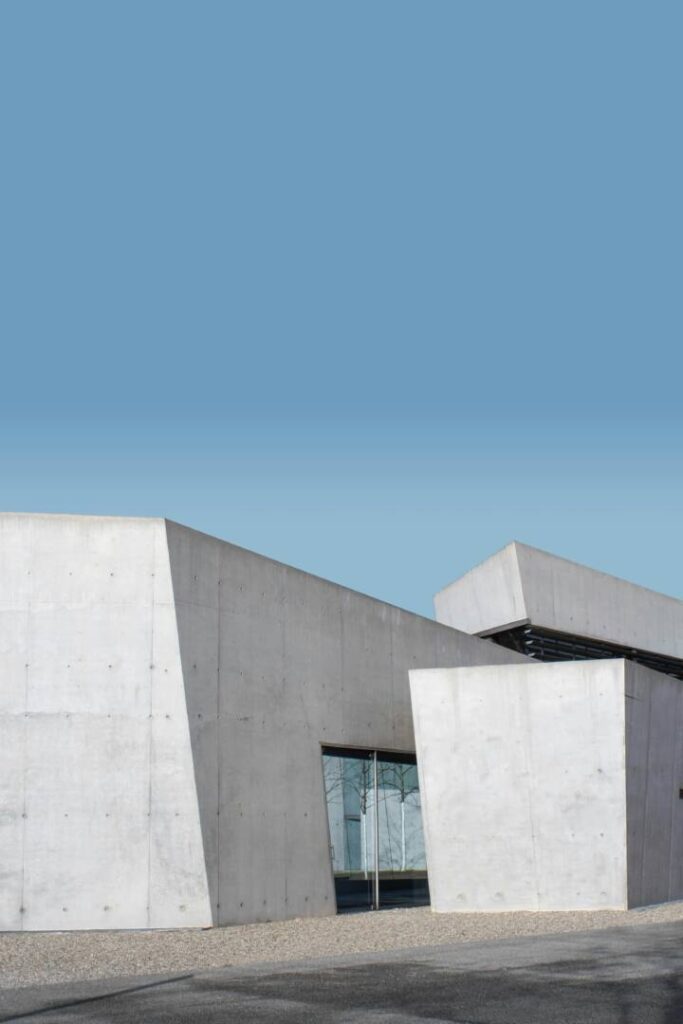The Solid Advantages of Concrete Homes Across Climates
Concrete homes are becoming increasingly popular across the United States, offering a multitude of benefits that cater to a wide range of climates and weather conditions. From the stormy coasts of Florida to the chilly winters of the Midwest, concrete construction provides durability, energy efficiency, and safety in ways that traditional wood-frame houses often cannot match. This blog delves into the advantages of concrete homes, using various U.S. climates as examples to illustrate how these structures stand out.
Durability and Weather Resistance
Concrete homes are renowned for their durability and ability to withstand severe weather conditions. For instance, in hurricane-prone areas like Florida and the Gulf Coast, concrete homes offer superior resistance to high winds and flying debris. The rigid structure and impact-resistant properties of concrete can significantly reduce damage during storms, making these homes a safer choice for residents in hurricane zones.
In contrast, areas prone to wildfires, such as California, benefit from concrete’s fire-resistant qualities. Unlike wood, concrete does not burn, melt, or warp when exposed to extreme heat, offering an added layer of protection for homes in regions susceptible to wildfires.

Energy Efficiency and Comfort
The thermal mass of concrete plays a significant role in the energy efficiency of homes built with this material. In hot, sunny climates, such as the desert Southwest, concrete walls can absorb heat during the day and release it slowly as temperatures drop, reducing the need for air conditioning. Conversely, in colder regions like the Midwest, concrete homes retain heat more effectively than wood-frame structures, keeping interiors warmer and reducing heating costs during harsh winters.
Sound Insulation
Concrete’s density also provides excellent sound insulation, making it an ideal choice for homes in urban areas or near airports where noise pollution can be a concern. Residents of concrete homes often report a more peaceful and quiet living environment, free from the intrusion of external sounds.
Sustainability
Concrete homes contribute to sustainable construction practices in several ways. The longevity and low maintenance requirements of concrete reduce the need for repairs and replacements, leading to fewer resources consumed over the lifespan of the home. Additionally, concrete’s ability to incorporate recycled materials, such as fly ash, slag cement, and recycled aggregates, further enhances its environmental credentials.
Aesthetics and Design Flexibility
Contrary to popular belief, concrete homes do not have to be monolithic or industrial in appearance. Advances in architectural concrete and construction techniques allow for a wide range of textures, colors, and shapes, enabling designers to create beautiful, unique homes that reflect individual tastes and blend seamlessly with their surroundings.
Versatility Across Climates
The benefits of concrete homes extend beyond specific weather conditions or climates. Their overall resilience makes them suitable for virtually any environment. For example, in areas prone to earthquakes, such as the Pacific Northwest, concrete’s structural integrity can provide better seismic resistance than traditional wood-frame construction.
In conclusion, concrete homes offer a compelling array of advantages that cater to the diverse climates and weather challenges faced across the United States. From their superior durability and energy efficiency to their aesthetic flexibility and sustainability, concrete structures provide a solid foundation for safe, comfortable, and environmentally friendly living, no matter where you are located.
Back To Blog
